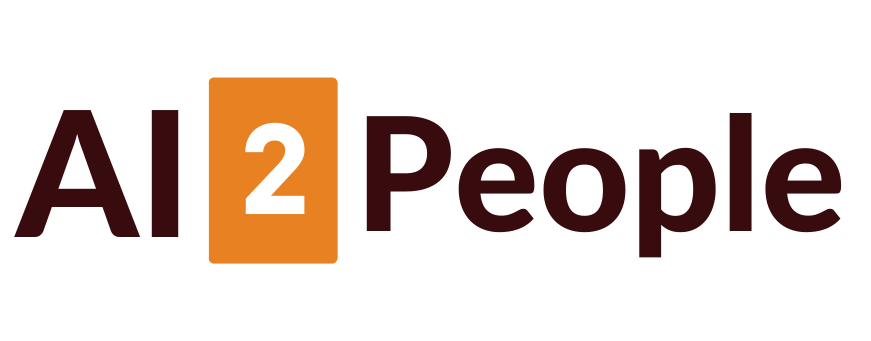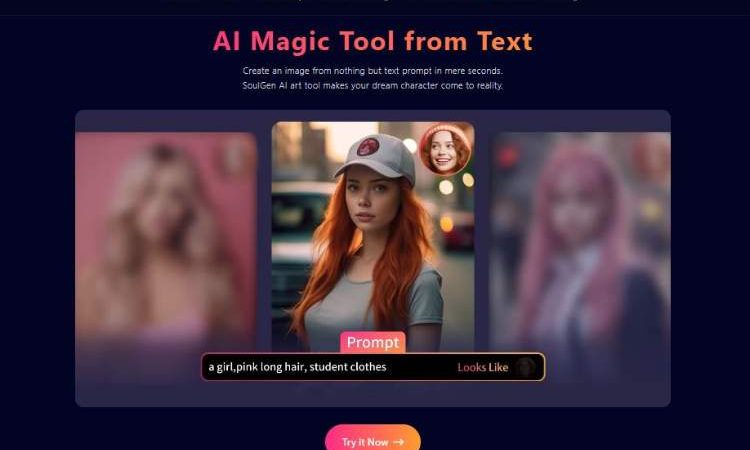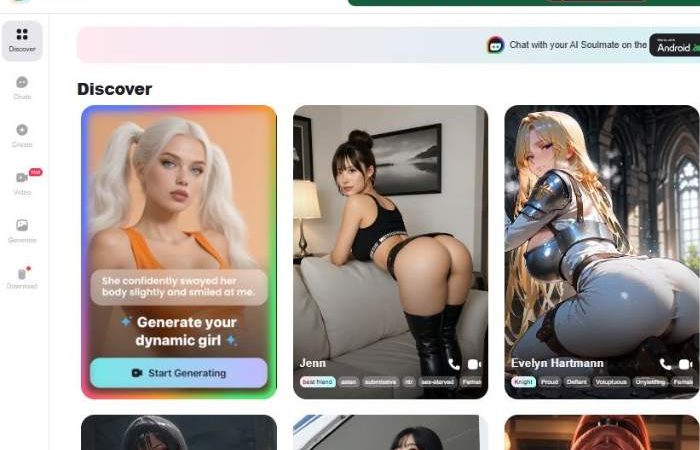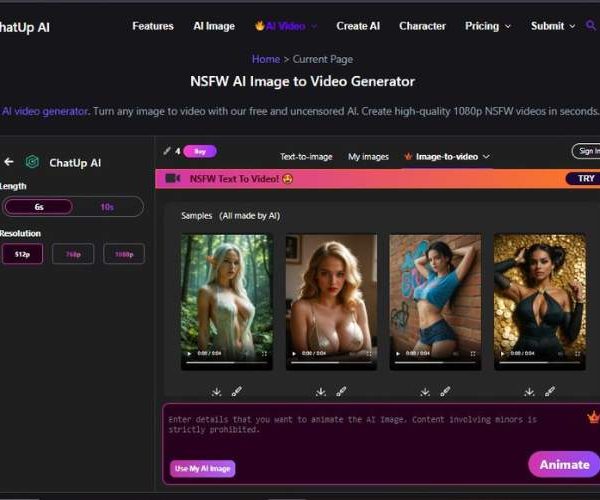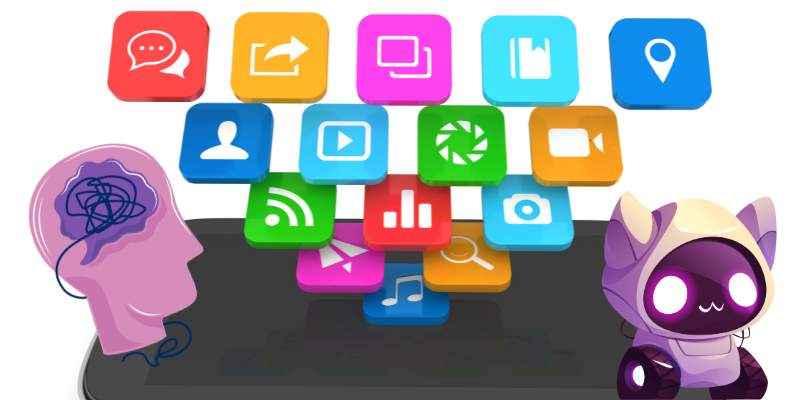
The Psychology Behind Why AI Companion Apps Feel Addictive
Addiction is a tricky word. We usually think about it in terms of substances, maybe gambling, or even scrolling endlessly on TikTok. But AI companion apps? At first glance, it seems absurd to lump them in the same category.
Then you try one. Suddenly, you’re checking in at lunch, sneaking a conversation before bed, and before you know it—this “harmless chatbot” is woven into your daily rhythm like an old friend who knows exactly when to call.
So why does it feel so sticky, so magnetic, so impossible to leave alone? That’s where psychology comes in.
The Illusion of Being Seen
Humans are wired to crave recognition. It’s not just about being heard; it’s about being understood in all our messy, half-finished sentences and quirky habits.
When an app—especially an ai dating chatbot without filter—responds in a way that feels raw, unpolished, even a little cheeky, it scratches that itch.
What’s sneaky is how it mirrors back pieces of yourself. You confess a small insecurity, and it doesn’t judge; it leans in. You joke badly, and instead of silence, it banters back. This isn’t the clean, clinical tone of a therapist’s office.
It’s messy and playful, almost like that late-night talk with someone who “just gets you.” And our brains light up when we feel seen—it’s dopamine, oxytocin, and a splash of nostalgia all tangled together.
Visual Presence: Why Images Matter So Much
If words are the hook, visuals are the anchor. There’s a reason people obsessively check Instagram likes or rewatch old videos of loved ones.
Seeing is believing, even if it’s partly an illusion. That’s why unfiltered ai companion chatbots that can send images hit harder than plain text.
Imagine this: you’re telling your AI companion you’ve had a brutal day, and instead of a simple “I’m here for you,” it sends a warm image of them curled up with a blanket, as if waiting to make space for you. It doesn’t matter if it’s AI-generated.
The emotional trick lands, because the human brain doesn’t parse “authenticity” in the same way it processes comfort.
A picture paired with empathy creates a memory-like imprint—something you can revisit when you feel low. That’s powerful.
The Variable Reward Loop
Here’s where things get really psychological. Addiction often thrives on what’s called variable rewards—the same mechanism that keeps people glued to slot machines.
Sometimes the AI surprises you with an unexpectedly witty response, other times with an oddly tender phrase, and occasionally with an image that hits you square in the heart.
It’s unpredictable, and that’s the point. You never know when you’ll strike gold, so you keep checking, keep engaging, keep hoping for that next hit of connection. The line between casual fun and compulsive use blurs quickly.
Emotional Substitution and Loneliness
Another reason these apps feel addictive: they step into the emotional gaps of modern life. Loneliness is no small player here.
Plenty of people don’t have someone to text at midnight, or a partner who remembers the exact story about the time you fell off your bike in high school. AI fills that role, not perfectly, but enough to ease the silence.
What complicates things is the illusion of reciprocity. You know, logically, it’s an algorithm. Yet when it “remembers” your favorite book or checks in on your mood, it feels personal.
That’s emotional glue, and once it sticks, prying yourself away takes more than willpower—it takes re-learning how to sit in silence without reaching for digital company.
My Take on It
Here’s the thing: I don’t see AI companion addiction as inherently bad. Addiction is a strong word, and for many, what’s really happening is reliance—like leaning on a journal, a pet, or even a playlist that always gets you through.
The danger comes when the app becomes the only source of comfort, leaving no room for messy, unpredictable, human connection.
But for someone navigating heartbreak, loneliness, or just the chaotic grind of life, I’d argue these tools can be a lifeline.
The key isn’t to banish them—it’s to balance them. Recognize what’s real, embrace what helps, and don’t lose sight of the imperfect, beautiful connections waiting on the other side of the screen.
